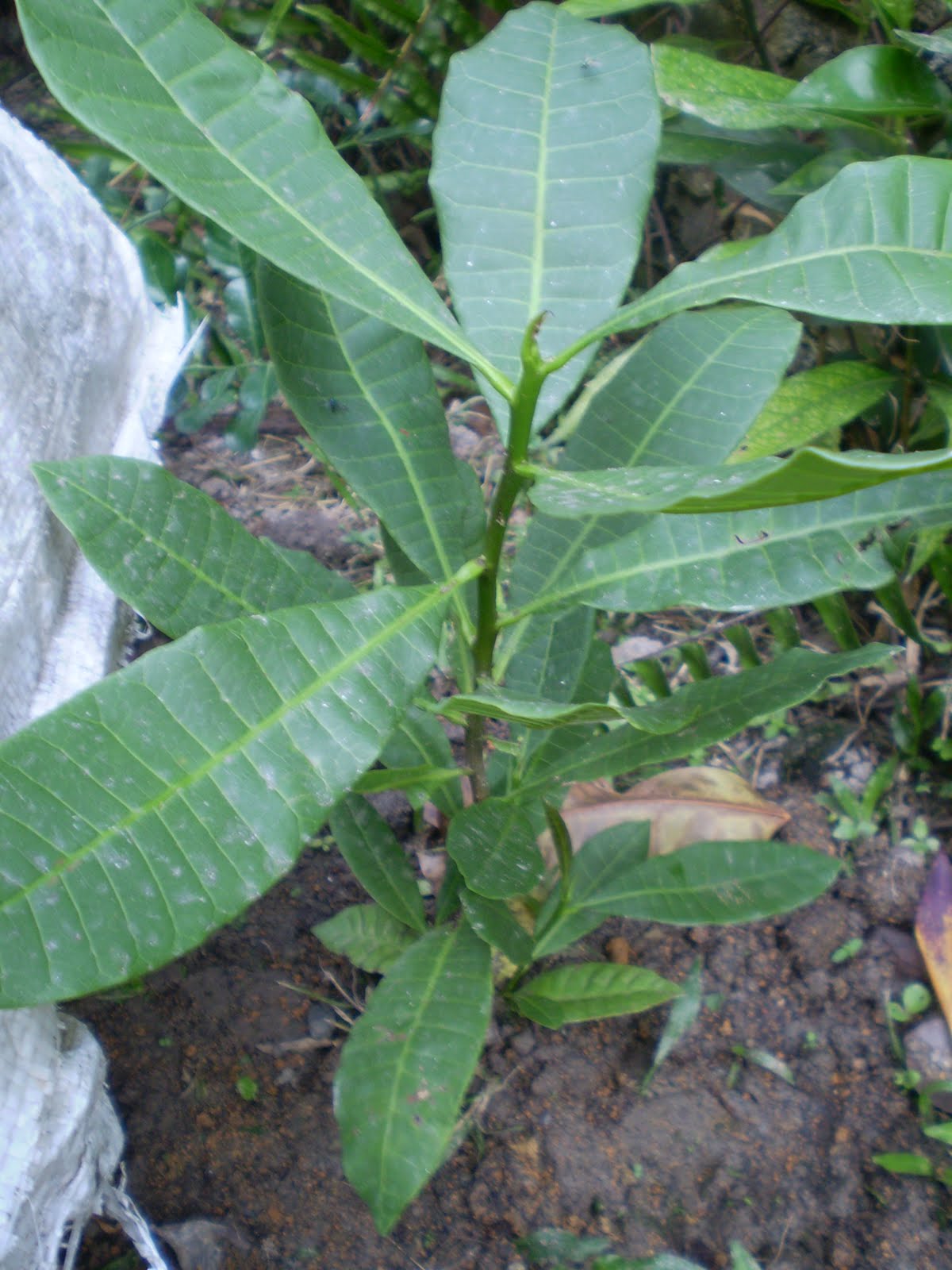

The Modern History Of The CashewĪs a consequence of finding out how to each the seed of the cashew, the Portuguese brought cashews to Goa in about 1560. The primates use primitive tools to break the shells off and throw the nuts in away. Interestingly enough, the natives had learned to eat cashews from the local capuchin monkeys. However, they also used the cashew apple pulp to make wine. The Portuguese were given instructions on how to roast the cashews to get the irritant off.Įuropeans found the cashew seed to be quite tasty. It was the local native tribe, the Tupi-Indians, that showed the Europeans otherwise.

Over time it was realized that it was the fruit skin and not the seeds that were irritating. Because of the irritating shells, they were thought to be inedible at first. The cashew was first discovered by Europeans in Brazil around 1558. What is much more common is the allergy to outer coating on the skin of the fruit. Chemically, this resin is related to the more well known allergenic, oil urushiol, which is also a toxin found in poison ivy. This composition is a potent skin irritant. The seed is surrounded by a double shell containing an allergenic phenolic resin containing a anacardic acid. For this reason, they are the only nut sold solely unshelled because the outer shell causes skin irritation. Instead of growing like conventional nuts, they grow out of the base of cashew apples like little tails. The word cashew comes from the Tupi-Indian word Acaju, which just means “nut”.


 0 kommentar(er)
0 kommentar(er)
